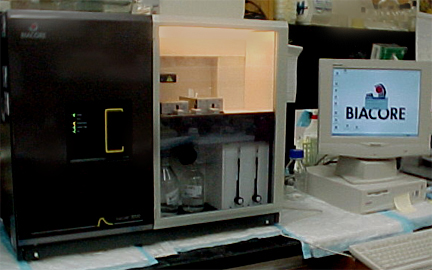One of the major activities of our Unit is the development and the protein engineering in therapeutics, diagnostics and / or biotechnology tools.
Team Leaders
Loïc Martin
loic.martin@cea.fr
Hervé Nozach
herve.nozach@cea.fr
To obtain sufficient amount of proteins, especially for structural analysis, our team has developed a rapid production platform of proteins at the laboratory scale in two expression formats: expression in Escherichia coli (E. coli) and in suspension human HEK293 cells. For functional analysis of proteins of interest, we have developed a variety of techniques to analyze, quantify and screen protein-protein interactions. In regards with protein engineering, different approaches could be used: one is the design of biosimilars by transferring hotspot binding domains to "miniproteins". The basis of all these technologies is the ability to generate target-directed mutagenesis coupled with the selection of the optimized mutants.
This protein expression platform in Escherichia coli (E. coli) and in suspension Human HEK293 cells includes instrumentation and expertise in the following steps:
- Cloning into different expression vectors using fusion partners to facilitate expression, refolding and purification of proteins of interest.
- Different culture rooms in terms of safety levels (L1 and L2).
- Clarification and purification steps using automated Akta Purifier systems operating in parallel.
This expression platform responds to request for protein expression of the various teams of the laboratory and works in support with the analytical mass spectrometry and crystallographic structural analysis platforms.
Different techniques are used for protein-protein interaction analysis:
- Cell-display technology, ELISA
- Bacterial and yeast two-hybrid technology
- Analytical interaction Technology using spectral method: fluorescence anisotropy, fluorescence spectrometry, FRET, BRET, BiFC (bimolecular fluorescence complementation).
- Label-free Technology: Surface plasmon resonance (Biacore 3000), Bio-Layer Interferometry (Blitz - ForteBio).
- Flow cytometry (FACS)
Benchtop "surface plasmon resonance" and "flow cytometry" systems for protein-protein interaction analysis


Cytomètre de flux de paillasse (Guava easyCyte™ Flow Cytometer, Merck-Millipore)